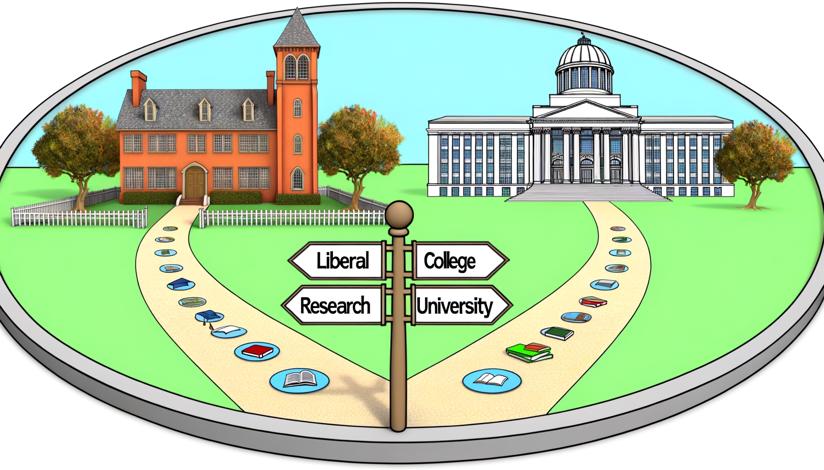

The world has drastically changed over the past year with the onset of the COVID-19 pandemic. One of the most affected sectors is education. Traditional on-campus education has been disrupted, pushing institutions and students to adapt to distance learning. This article aims to evaluate and compare the benefits and drawbacks of distance learning and on-campus education in the changing world.
Distance learning offers flexibility and convenience. Students can access course materials and lectures from anywhere, anytime, making it easier to fit education into their busy schedules. They can also learn at their own pace and revisit concepts whenever necessary. On the other hand, on-campus education provides a structured learning environment. Students can interact face-to-face with teachers and peers, fostering collaboration and personal connections.
One of the biggest advantages of distance learning is the ability to learn remotely. This is particularly beneficial for individuals who live in remote areas or have other commitments that prevent them from attending on-campus classes. Distance learning also reduces the need for commuting, saving time and transportation costs. However, on-campus education offers a unique social experience. Students can engage in extracurricular activities, join clubs, and form lasting friendships.
Another factor to consider is the quality of education. Distance learning programs have improved significantly in recent years, with advancements in technology and online teaching methods. Many reputable institutions offer accredited online courses and degrees. On-campus education, on the other hand, provides hands-on learning opportunities and access to specialized facilities and equipment. Students can engage in practical experiments, conduct research in laboratories, and participate in group activities.
The changing world has also brought attention to the importance of adaptability and resilience. Distance learning requires self-discipline, time management skills, and motivation. It challenges students to be proactive and independent learners. On-campus education, on the other hand, provides structure and guidance. Students have access to immediate support from teachers and classmates, helping them overcome difficulties and stay on track.
In conclusion, both distance learning and on-campus education have their merits and drawbacks. Distance learning offers flexibility, convenience, and access to education from anywhere. On-campus education provides a structured learning environment, hands-on experiences, and social interactions. The choice between the two depends on individual preferences, circumstances, and learning goals. As the world continues to adapt and change, finding a balance between the two modes of education becomes crucial.

Flexibility and Convenience
Access from Anywhere
Opportunity for Hands-on Learning

Lack of Face-to-Face Interaction
Limited Networking Opportunities
Dependence on Technology














-
https://www.usnews.com/education/online-education/articles/2017-11-02/how-employers-view-your-online-bachelors-degree
-
https://elearningindustry.com/pros-and-cons-of-distance-learning
-
https://www.bestcolleges.com/resources/distance-learning-vs-on-campus/





























